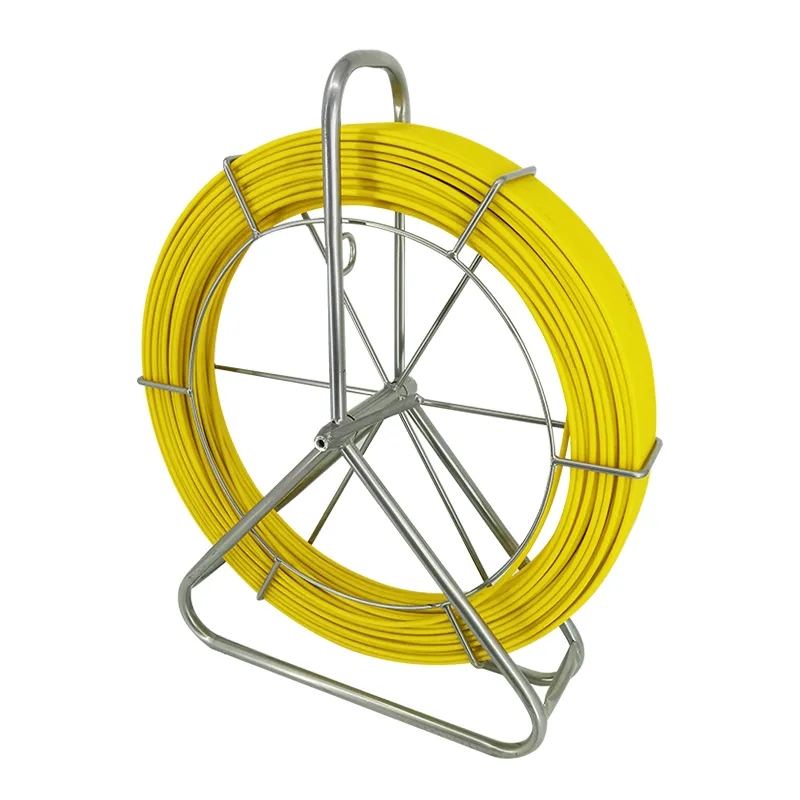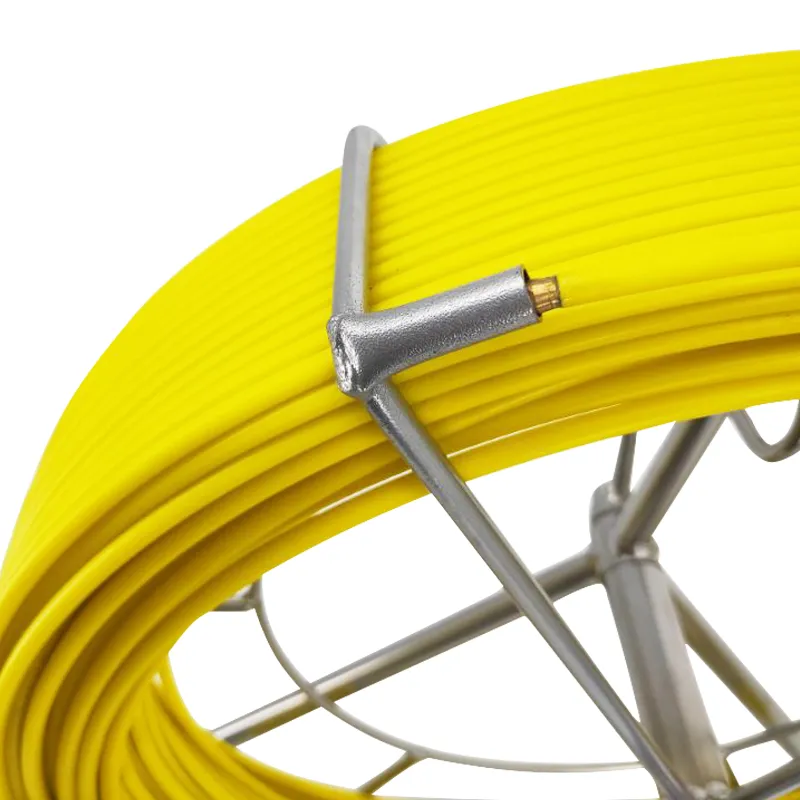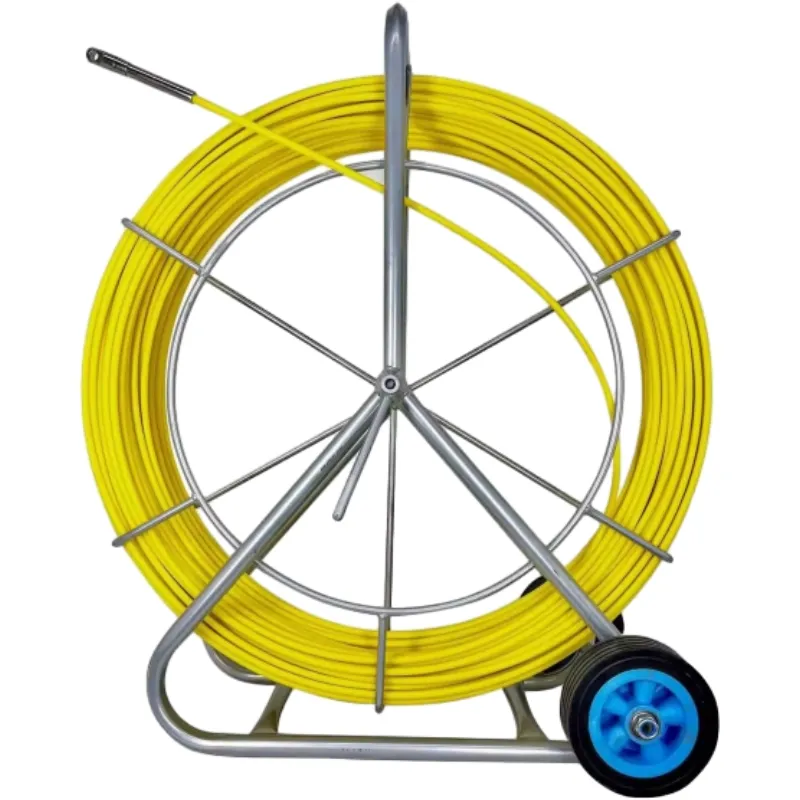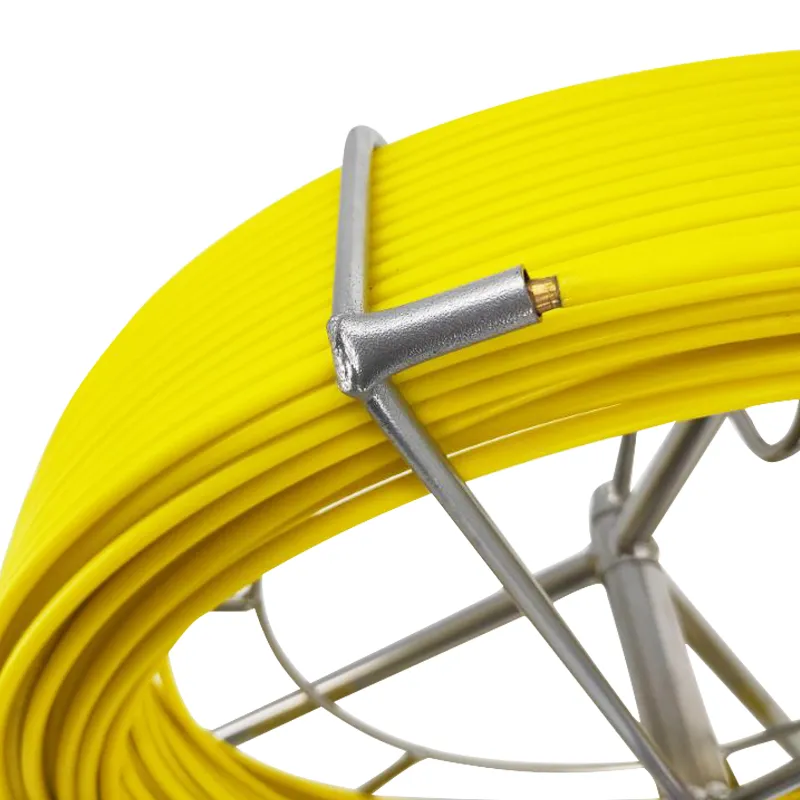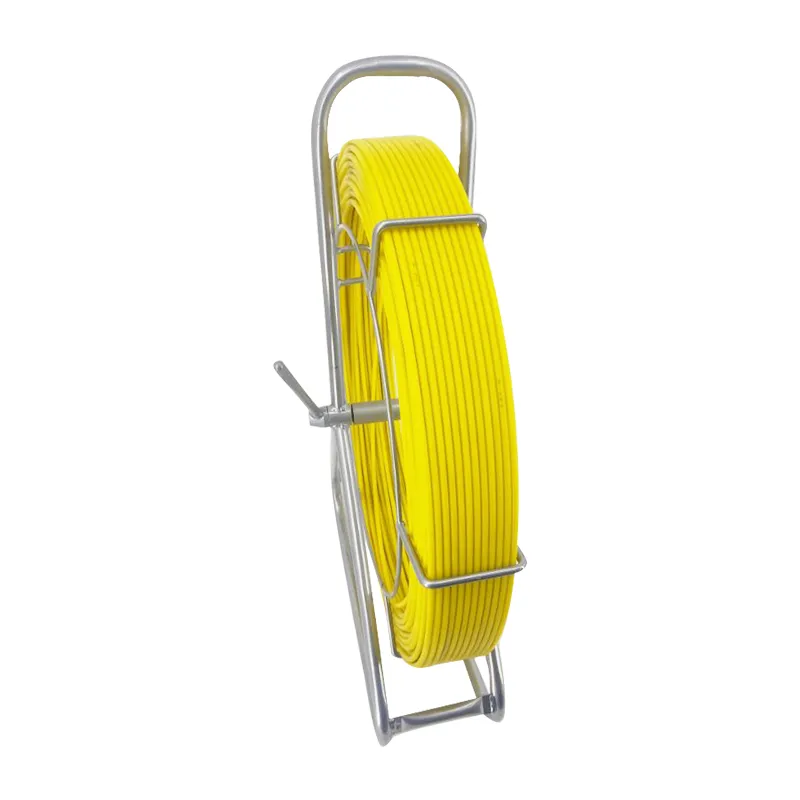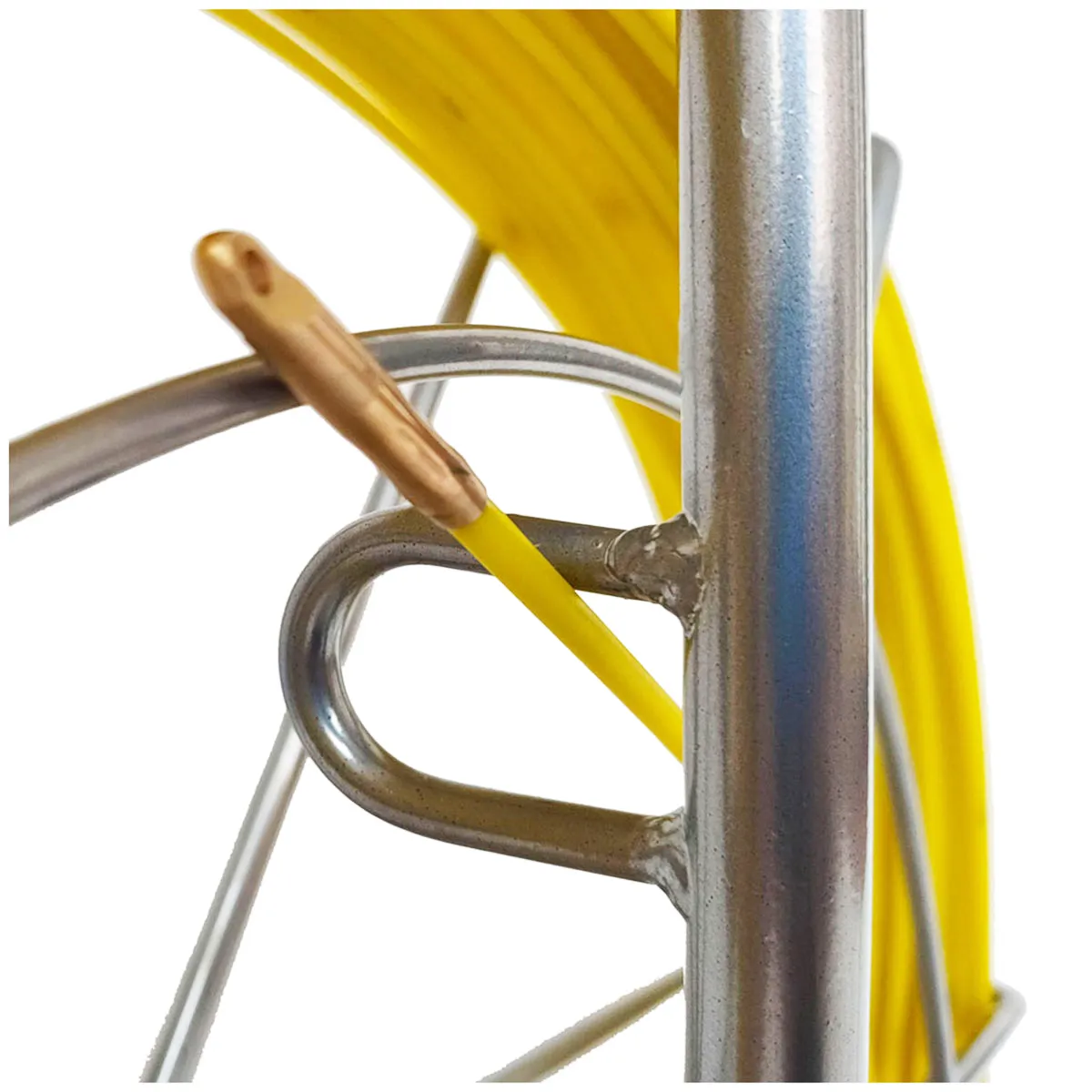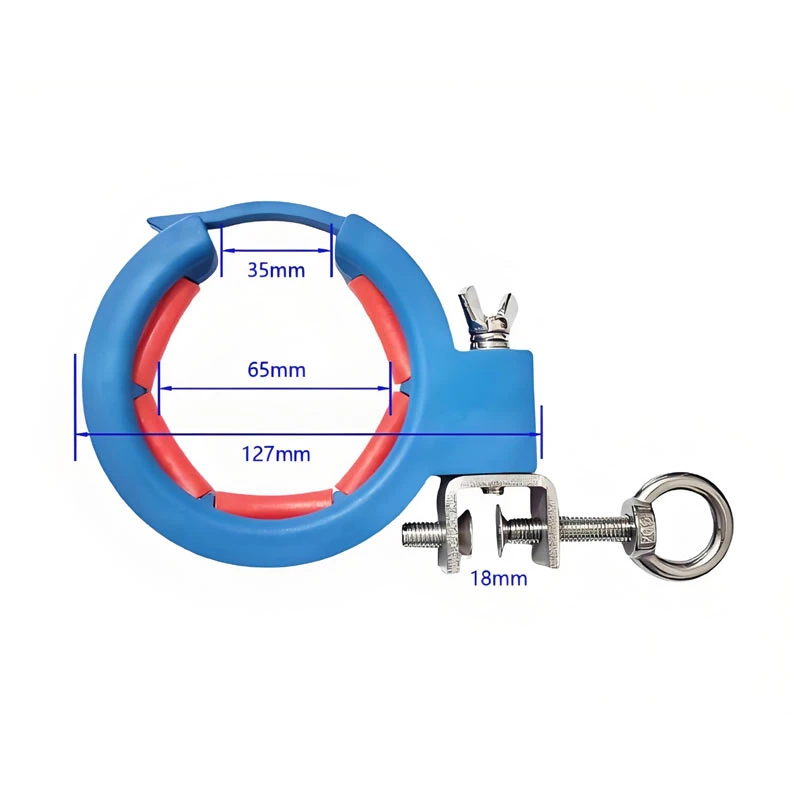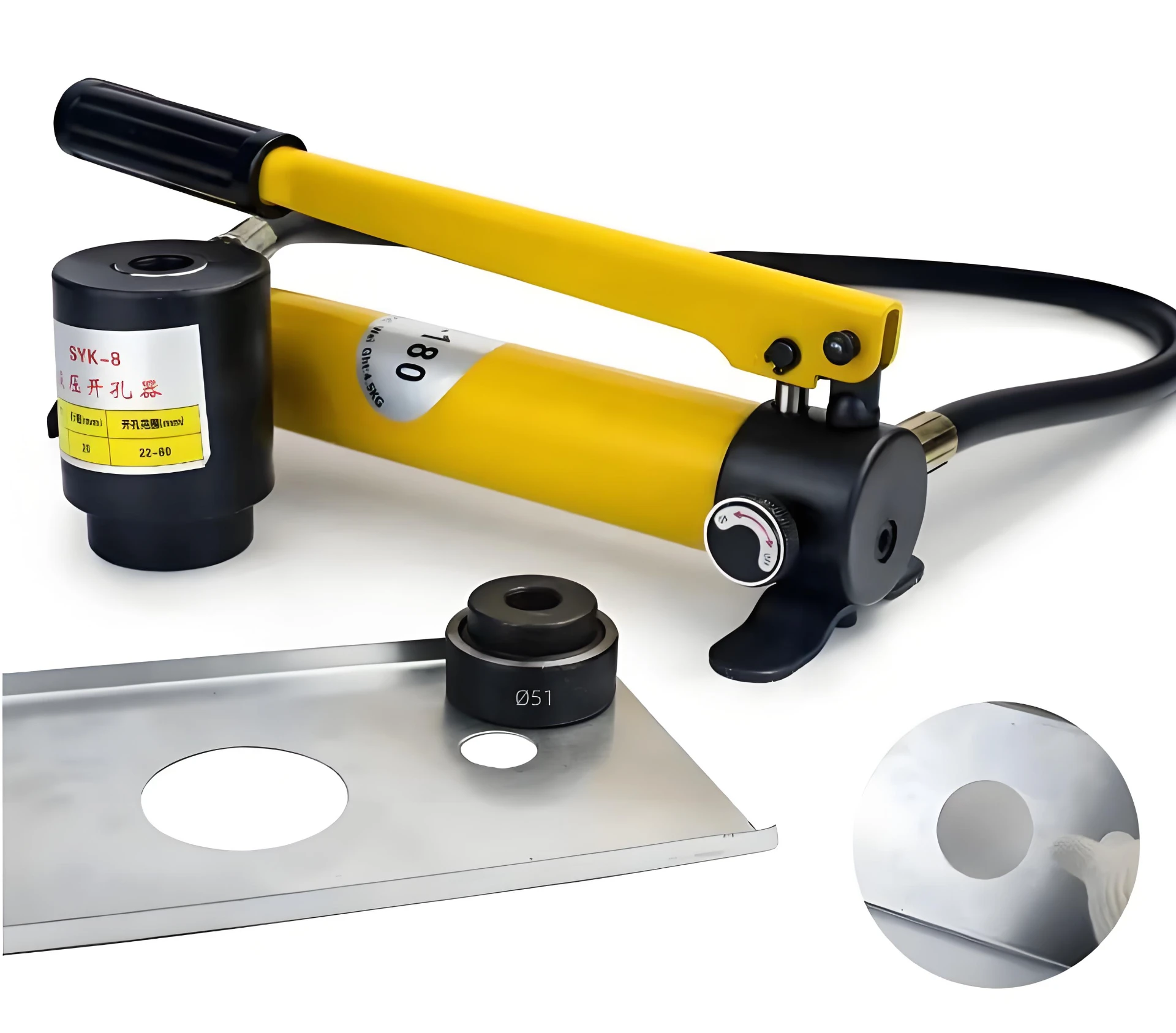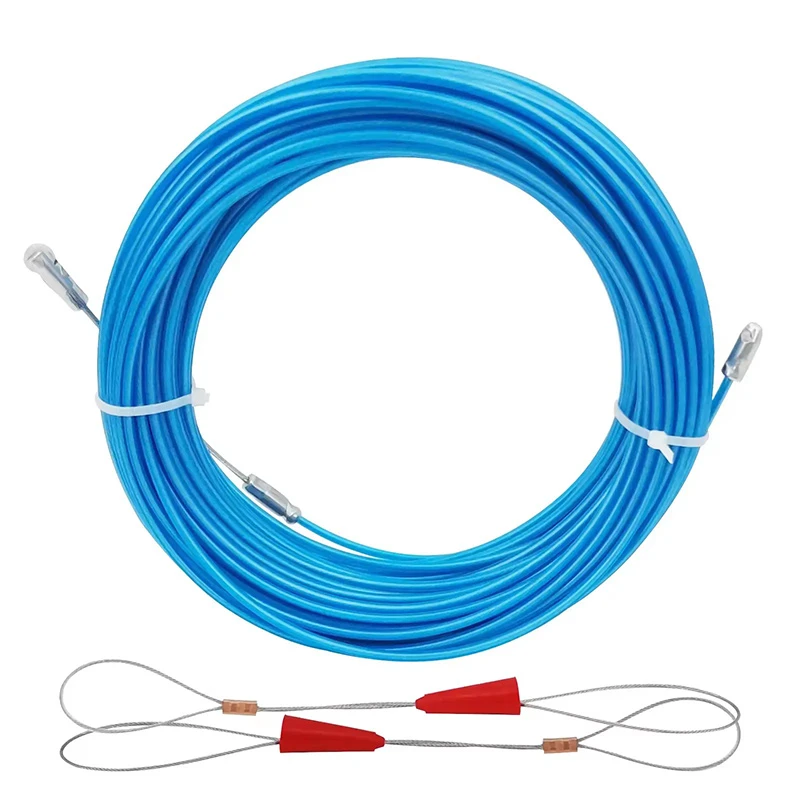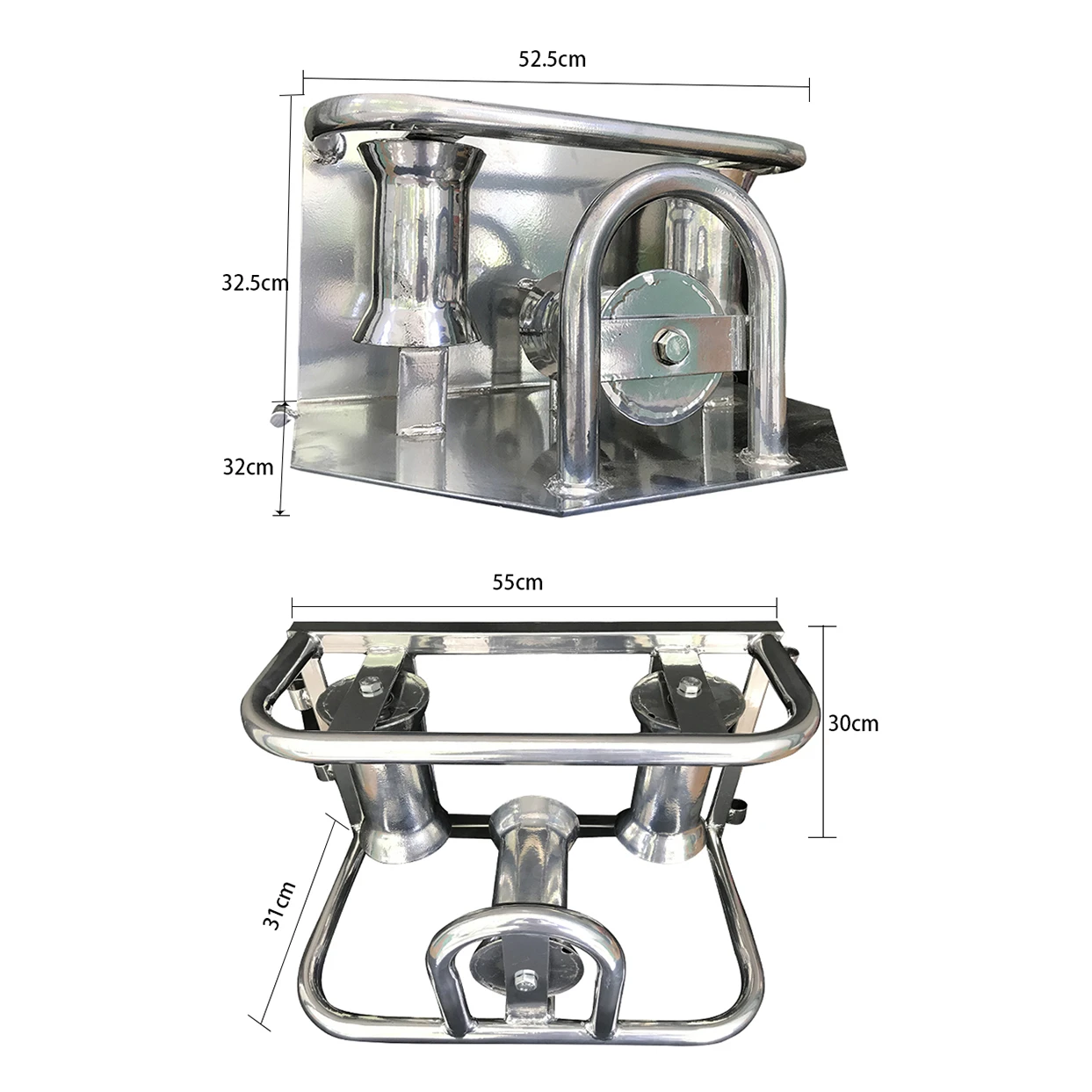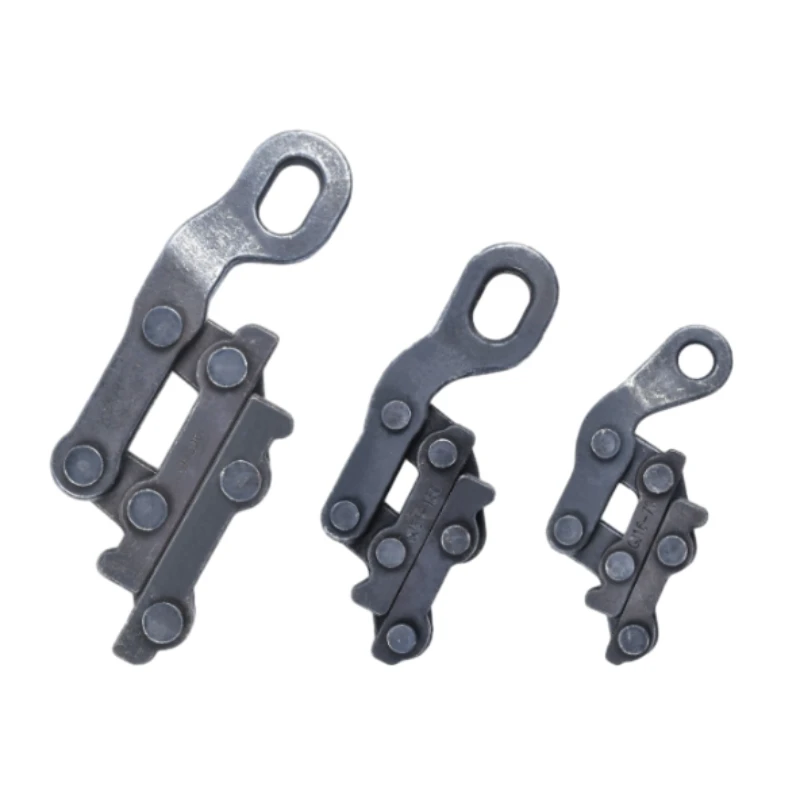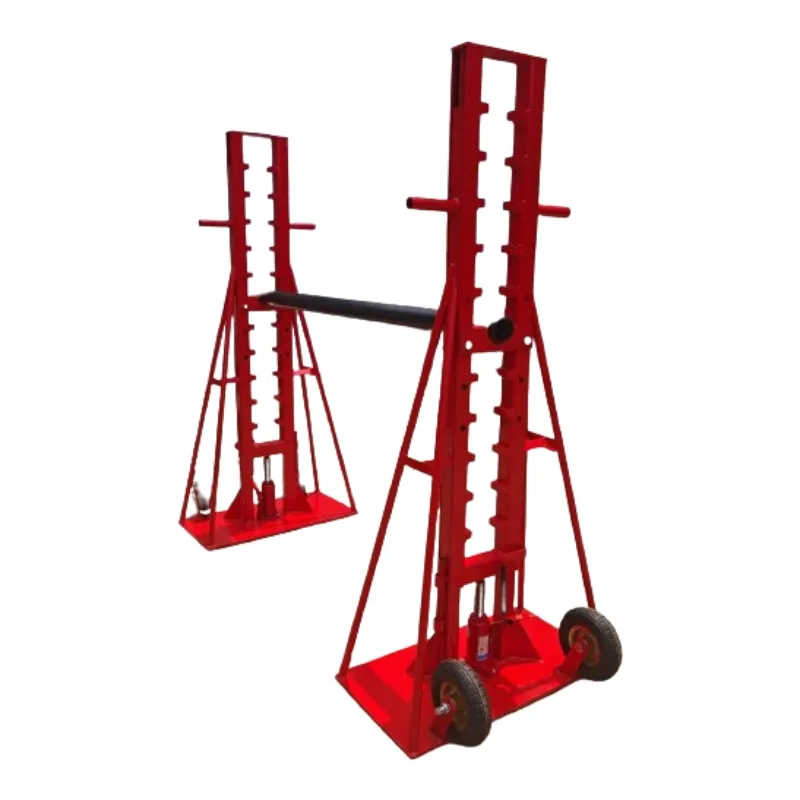 funkcijos
funkcijos
- Stiklo pluošto strypo vidus: pagamintas iš E-stiklo pluošto ir aukštos kokybės dervos aukštoje temperatūroje ekstruzijos būdu.
- Stiklo pluošto strypo išorė: sukurtas polimeras
- Surinkimas: metalinis rėmas, dažytas milteliniu būdu; guminių ratukų surinkimas lengvam transportavimui; kreipiamieji ritinėliai rotacinei movai; stovėjimo stabdys lanksčios strypo valdymui.
- Varinė viela viduje yra neprivaloma, ji skirta lengvai atsekimui arba kitam profesionaliam naudojimui.
- Riedėjimo guolio narvas mobilumui yra tvirtas ir lengvai naudojamas.
- Padavimo įtaisas leidžia sklandžiai įstumti ir išstumti strypą
- Nerūdijantys „bull-nosis“ tipo traukimo antgaliai su įvairiais priedais.
 Specifikacija
Specifikacija
|
Rodas Dia. (mm) |
Weight (g/m²) |
Lenkimo spindulys (cm) |
Siūloma ilgis (m) |
Siūlomas maks. duct Dia. (mm) |
Vidinis branduolys Jis (mm) |
Lūžio deformacija/mm |
Maks. lenkimas jėga (kN) |
Tempimo stipris (kn) |
|
4 |
19 |
5 |
80 |
50 |
3 |
6.9 |
0.21 |
|
|
4.5 |
22 |
5 |
80 |
50 |
3 |
|||
|
5 |
32 |
6 |
100 |
60 |
4 |
6.9 |
0.366 |
|
|
6 |
40 |
6 |
100 |
60 |
4 |
|||
|
7 |
66 |
10 |
150 |
80 |
6 |
7.0 |
0.825 |
350 |
|
8 |
77 |
10 |
200 |
80 |
6 |
|||
|
9 |
100 |
15 |
200 |
100 |
7 |
7.1 |
1.24 |
2000 |
|
10 |
125 |
18 |
250 |
200 |
8/8.5 |
7.1 |
1.68 |
2800 |
|
11 |
148 |
20 |
250 |
200 |
8.5 |
|||
|
12 |
165 |
20 |
300 |
200 |
8.5 |
|||
|
13 |
205 |
25 |
300 |
250 |
10 |
7.3 |
1.86 |
3000 |
|
14 |
225 |
25 |
300 |
250 |
10 |
|||
|
15 |
283 |
32 |
200 |
300 |
12 |
7.3 |
2.97 |
3500 |
|
16 |
305 |
32 |
200 |
300 |
12 |
|
Narvo dydžiai (cm) |
50x41x18 |
58x49x18 |
67x57x18 |
80*70*25 |
98x90x45 |
108x100x45 |
118*110*45 |
140*130*45 |
|
Strypo skersmuo 4,5 mm |
100 m |
150 m |
--- |
--- |
--- |
--- |
--- |
--- |
|
Strypas D. 6 mm |
--- |
100 m |
150 m |
--- |
--- |
--- |
--- |
--- |
|
Strypo skersmuo 8 mm |
--- |
--- |
--- |
100 m |
200 m |
--- |
--- |
--- |
|
Strypo skersmuo 9 mm |
--- |
--- |
--- |
--- |
150 m |
200 m |
--- |
--- |
|
Strypas D. 10 mm |
--- |
--- |
--- |
--- |
--- |
150 m |
350 m |
--- |
|
Strypo skersmuo 11 mm |
--- |
--- |
--- |
--- |
--- |
--- |
300 m |
--- |
|
Strypo skersmuo 12 mm |
--- |
--- |
--- |
--- |
--- |
--- |
300 m |
--- |
|
Strypo skersmuo 13 mm |
--- |
--- |
--- |
--- |
--- |
--- |
250 m |
--- |
|
Strypo skersmuo 14 mm |
--- |
--- |
--- |
--- |
--- |
--- |
200 m |
300 m |
|
Strypo skersmuo 16 mm |
--- |
--- |
--- |
--- |
--- |
--- |
--- |
250 m |
|
Svoris (kg) |
2 |
2.4 |
2.9 |
4.5 |
19 |
23 |
28 |
35 |
 Produkto ekranas
Produkto ekranas
Cable Pulling Equipment: Efficient Tools for Smooth Cable Installation
In modern infrastructure projects, efficient cable installation is crucial for maintaining productivity and minimizing downtime. Cable pulling equipment plays an essential role in helping electricians, telecommunication engineers, and utility workers lay cables quickly and safely through ducts, conduits, and underground systems. Among these tools, the Fiberglass Cable Duct Rodder stands out for its strength, flexibility, and reliability.
A fiberglass duct rodder consists of a solid fiberglass core with a high-tensile strength, coated with a smooth resin layer that reduces friction while pulling cables. The rod is housed on a sturdy steel or aluminum frame, making it easy to transport and operate on job sites. Its non-conductive nature also ensures user safety when working around electrical installations.
One of the main advantages of fiberglass rodders is their ability to navigate long or curved conduits where traditional pulling methods fail. They can push through bends and obstructions without kinking, allowing workers to pull cables over extended distances efficiently. This makes them ideal for power lines, data cables, and communication networks.
In addition, cable pulling equipment such as winches, pulling grips, and lubricants are often used together with fiberglass duct rodders to improve workflow and reduce cable damage. For professionals seeking durability, versatility, and safety in their cable installation projects, fiberglass cable duct rodders remain one of the most trusted solutions on the market.
Fiberglass Duct Rodder Applications: Reliable Solutions for Utility and Construction
The Fiberglass Duct Rodder has become a must-have tool for technicians working in utilities, telecommunications, and construction. Designed for tracing, locating, and pulling cables through conduits, this innovative equipment simplifies tasks that once required extensive manual labor. Its wide range of applications makes it indispensable for both small-scale maintenance and large infrastructure projects.
In the telecommunication industry, fiberglass duct rodders are used to install fiber optic cables through underground ducts or wall-mounted conduits. Their flexibility allows them to travel through narrow or curved pathways, ensuring that cables can be laid smoothly without damage. For electrical construction, they help guide power cables safely through protective piping systems, reducing the risk of short circuits and mechanical strain.
Utility companies also use fiberglass rodders for pipeline and sewer inspection, as they can carry cameras or detectors through pipelines to identify blockages or damages. In addition, their non-conductive fiberglass structure ensures safety when working around live circuits or metal structures.
Available in various lengths and diameters, fiberglass duct rodders can be customized for specific tasks. Whether it’s for underground cable pulling, conduit cleaning, or duct mapping, their durability and resistance to corrosion make them suitable for both indoor and outdoor use.
By combining flexibility, strength, and ease of operation, fiberglass duct rodders continue to deliver outstanding performance, making them a reliable partner in every modern utility and construction environment.




















































































































